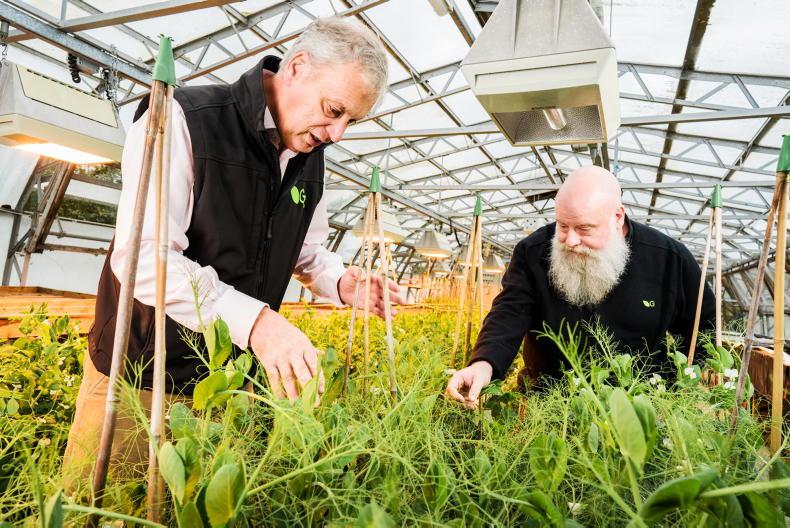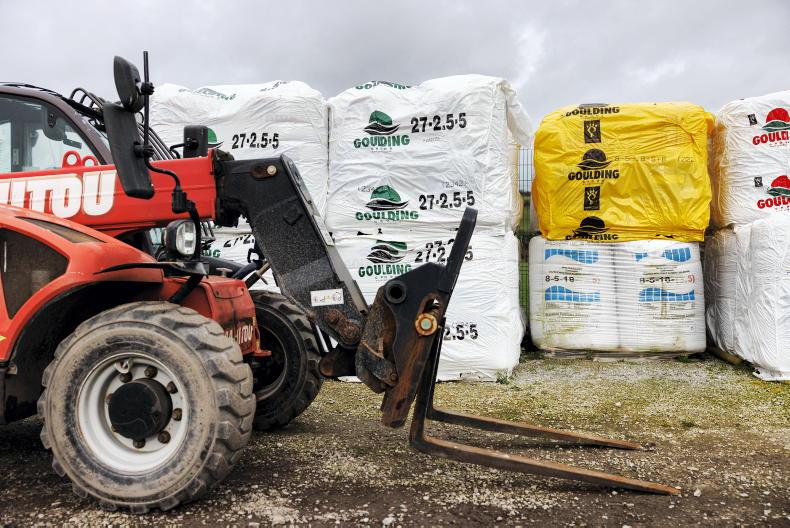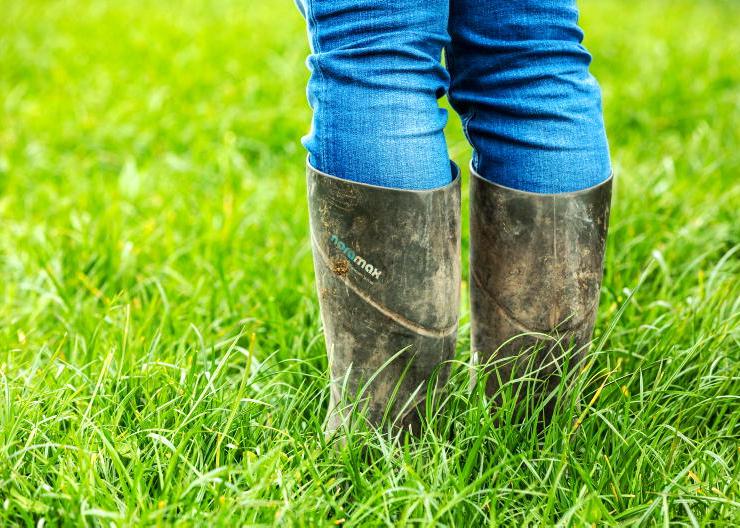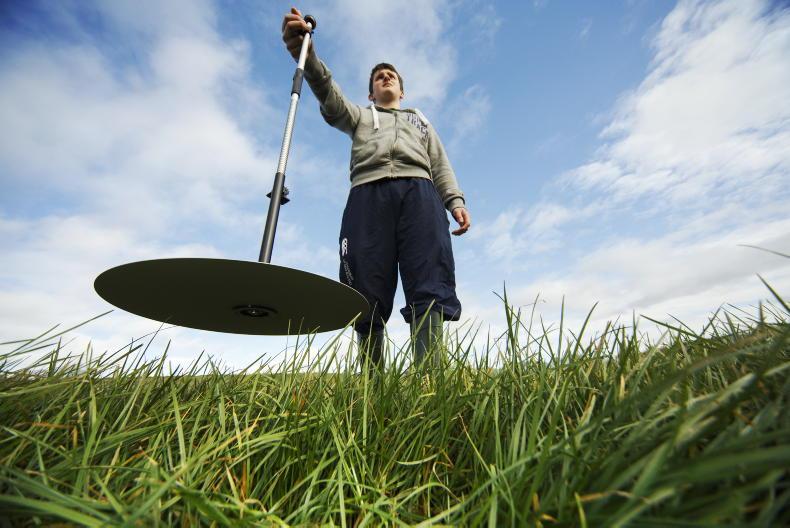Grazing
The weather forecast is very unsettled at present. Reading this, it could either be snowing outside or a balmy 12 degrees or anything in between. Looking past the current weather, next week is set to get a lot milder.
On the face of it, that is exactly what is needed to boost grass growth as we head into the critical period of the middle-to-end of March. There are two things farmers need to watch when it comes to managing grass.
The first and most important is average farm cover. You will only know this if you are measuring grass. Farms should not go below 500kg DM/ha but should also be at or close to this cover by the start of April.
The second is area per day and ensuring that the first rotation is stretched out to early April.
A good outcome will be one where the least amount of silage is fed over the next few weeks and the most amount of grass is grazed, with the farm well set up for good growth in April.
If this means pressing the brakes hard now to slow down the round then that’s the right thing to do.
Fertiliser
Many farmers have been asking about fertiliser strategy for this spring. In many cases, those that cut back sharply on nitrogen last spring ended up growing a lot less grass in the critical months of April and May, meaning extra meal had to be fed and less silage was made.
This is a false economy as fertiliser, while expensive, is still cheaper than meal and silage. Farmers that spread 23 units/acre in late January or early February should be planning the second application around now.
The Teagasc guidelines are for 28 units/acre of nitrogen to be spread in March and for 23 units/acre to be spread in April after the second rotation. It is only after April that Teagasc recommend nitrogen is reduced on clover swards.
Having said that, there are farmers that don’t spread any nitrogen on high clover swards and still grow a lot of grass over the course of the year. However, May and June are usually tight months for grass on these zero nitrogen paddocks.
This will be OK if demand for grass is low. On farms that haven’t any nitrogen applied yet, I would be inclined to go with 35 to 40 units of urea now and then follow the recommendations for the rest of the year.
Body condition
In general, body condition score (BCS) in milking cows seems to be good this spring. Most cows have eaten more grass than they normally would in February, and this is standing to them as the higher energy intakes have meant less BCS loss.
However, a bit like looking at target weights in heifers, we assess BCS on the individual cow basis, and some cows in the herd could be under pressure. I’m thinking here of cows that had twins, milk fever, e-coli, light first calvers, etc.
Early intervention for these problem animals is key, and the best course of action is to put them on once a day milking.
This reduces their energy offtakes and allows them to partition more of their feed intake towards maintenance and BCS increase rather than production.
Putting these cows on once a day milking for four to five weeks will give them a much greater chance of going back in calf.









SHARING OPTIONS